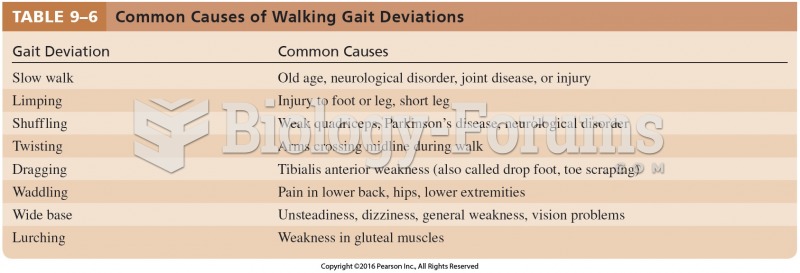Answer to Question 1
Marx: Defined alienation as powerlessness in the workplace resulting in the experience of isolation and misery. Believed work to be a natural, satisfying activity by which people meet their needs and develop their creative potential; the problem of alienation stems from the ways work is shaped by the capitalist economic system.
Weber: Defined alienation as depersonalization not just in the workplace but throughout society brought on by a rational focus on efficiency; the cause of alienation is not capitalism but the rationality (the impersonal focus on efficiency) that is a trait of all modern social life.
Answer to Question 2
Structural-functional theory links the operation of the workplace to other aspects of society, including technology. The Industrial Revolution shaped the workplace of the twentieth century, just as the Information Revolution is shaping the workplace of the twenty-first century.
Symbolic-interaction theory focuses on the meanings people attach to the world around them. People with jobs in the primary labor market define their work in positive terms and think that the work reflects well on them. People in the secondary labor market find little positive meaning in their work, seeing the job mostly as a source of income.
Social-conflict theory links the workplace to social inequality. Marx explained that the capitalist elite does no work at all yet gains the profit from the work done by others. As long as the workplace operates according to the rules of a capitalist economy, work is the exploitation of the many by the few.
Feminist theory explains that gender is a basic organizing principle of all of society, including the world of work. Just about every job is widely viewed as either feminine or masculine with men's work typically valued more than women's work.







